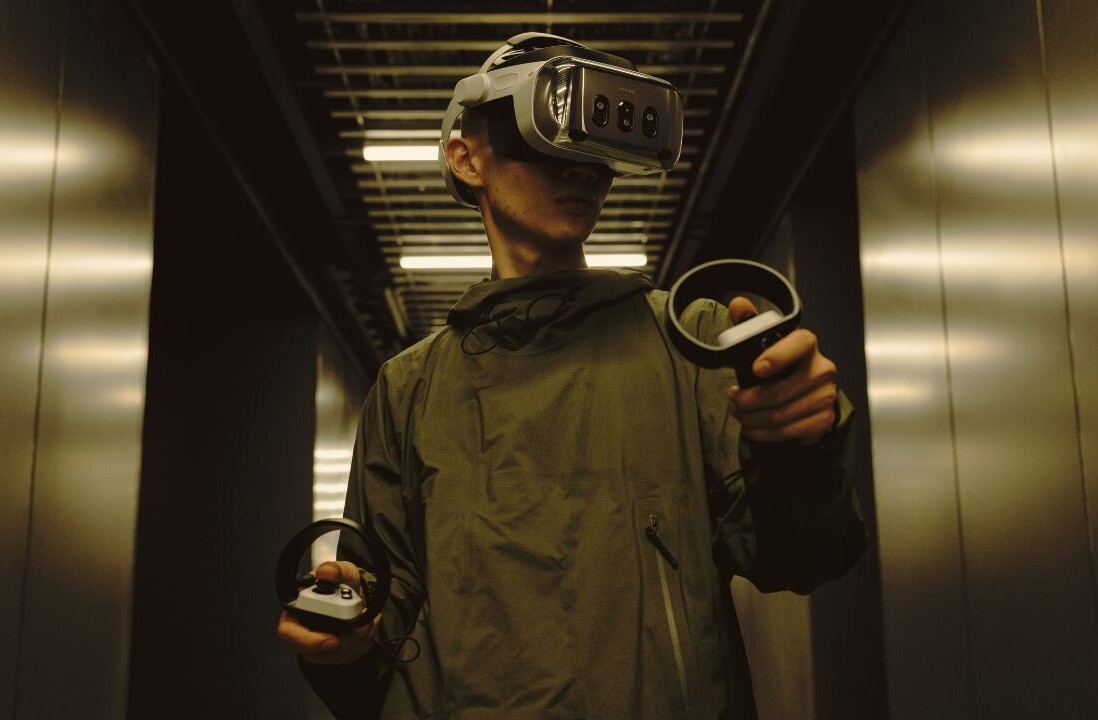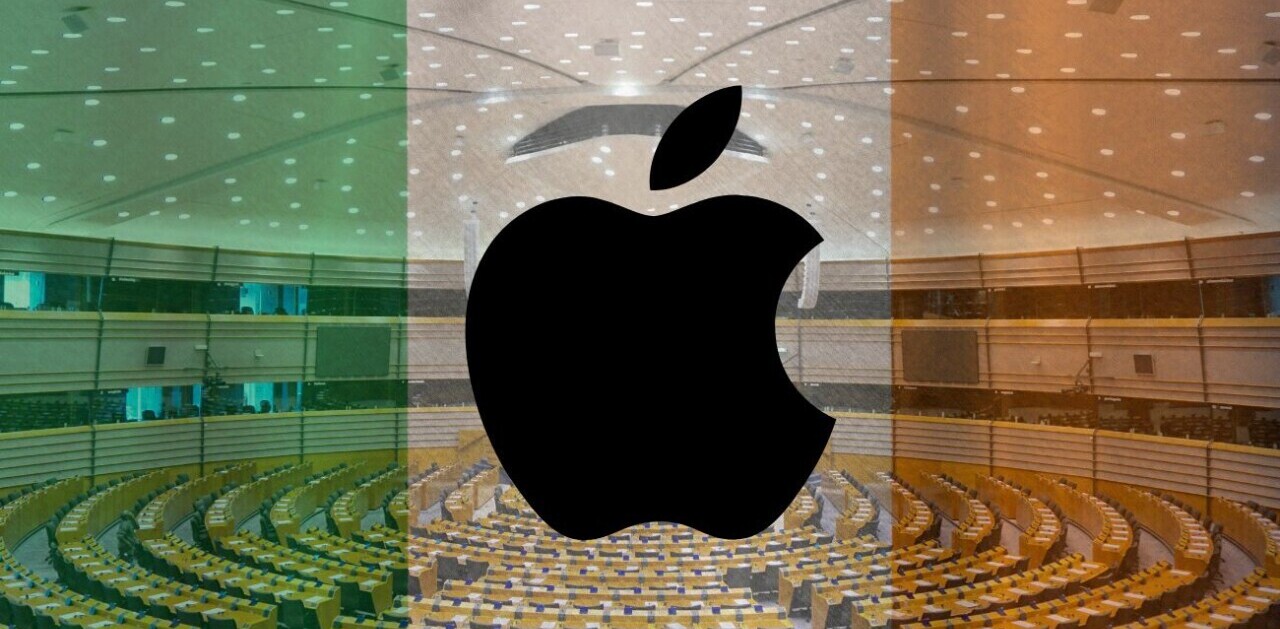
Fall, each year, signals the arrival of a new iPhone. And now that Apple’s annual event has come to pass, we’re left to reflect, albeit briefly, before the rumor mill begins picking up steam for next year.
This year we’ll see two new iPhone models: the iPhone 8/8 Plus, and Apple’s newest flagship, iPhone X. But for all the hype surrounding the launch, both were perhaps overshadowed by another Apple product that received far less attention: Watch.
And this product, hyperbole aside, could just save your life.
A serious problem
It’s no secret that we’re increasingly attached to our mobile devices. 46 percent of smartphone users, in fact, now say they “couldn’t live without” their devices. Snapchat, Instagram, and the biggest time-sink of them all, Facebook, now occupy more than five hours of the average US consumer’s day.
As smartphone use swells, it brings with it some unintended side effects. Some of these include:
- Disrupted sleep: 63 percent of 18 to 29 year olds fall asleep with a cell phone. According to a study from 2015, the amount of caffeine in a double espresso has less of an effect on our sleep than staring at a mobile device before bed.
- Attention span: Most of us, according to this study, have a shorter attention span than a goldfish.
- Isolation: A University of Essex study found people reported lower relationship quality and less trust in their partner when a smartphone was nearby. Worse, they didn’t have to use it to get the same result.
- Anxiety and depression: Multiple studies have come to the conclusion that our always-connected world is leading to an epidemic of anxiety and depression diagnoses. On average, according to this study, the daily use of a mobile device for a depressed person was 68 minutes, while a healthy subject used these devices, on average, for just 17 minutes.
- Stress: Research dating back to 2012 began to detail the increasing amount of stress caused by our smart devices. Being connected, in some regards, means you’re always “available” and able to answer email, texts, and social media messages. Some actually experienced “phantom vibrations,” a sensation that left them to believe their phone was vibrating when it actually wasn’t.
And this is just the tip of the iceberg. Smartphones have also been linked to weight management issues, a decrease in overall fitness, back pain, nerve damage, “text claw,” and an increase in smartphone-related accidents both on the road, and while walking.
The obvious answer is a clean break, but we may have reached a point where even that isn’t feasible. I’d point you to another study that details significant mental and physical distress, panic, confusion, and feelings of extreme isolation when smartphone addicts attempt to cut the cord — so to speak.
Apple Watch could be the answer, or at least offer a clue in how to find it
What’s most amazing about Apple’s newest smartwatch isn’t immediately apparent. Cramming an LTE connection into a watch and allowing people to make calls on the go, check email, and respond to messages might seem to contradict the solution, which is obviously disconnecting from a device. But because Apple (and others), shoved a bulk of your phone’s functionality into a 38mm (1.4-inch) or 42mm screen (and then allowed you to leave your phone at home) you’re now connected without being fully connected.
Wait, I can explain. But first it’s worth pointing out that Apple wasn’t first to the party here. Android Wear and Samsung devices have had this functionality for some time. But Apple, like Apple does, managed to create buzz around the feature and help to mainstream its application.
When you lift your phone to check email, chances are your browsing doesn’t stop there. I might open my phone to check email, but once I’m done I almost always find myself on Twitter, Facebook, Snapchat, or Instagram. If you’re anything like me, you might start doing one thing on your smartphone, but an hour later you’re doing something else entirely, all under the guise of “checking email real quick.”
If the answer is disconnecting, the thing stopping us from doing it is FOMO, or fear of missing out, and the anxiety that accompanies it.
Apple’s solution is to cram some of your smartphone’s functionality into a smaller device that doesn’t do anything (aside from fitness monitoring) better than your existing smartphone. For anyone that’s ever used a smartwatch, you’ll recognize the benefit immediately: Apple is taking away the incentive to browse, while keeping you connected to the point you don’t experience FOMO.
You’ll still get your text messages, your email, and phone calls, only now you have less incentive to respond right away.
If I’m waiting on an important text, I’ll know when it arrived and can respond immediately. But if I’m out with friends I still know that I’m getting messages, calls, and “Likes” on Facebook, but I’m not compelled to instantly respond. Instead, I’m more likely to wait until I’m at home in front of my laptop, or my phone.
The distinction is small. In fact, it’s small enough to where you probably didn’t even notice how beneficial it may end up being. After all, I have the same power over my smartphone; I’m just less likely to exercise it.
As mobile devices continue getting bigger, Apple may have figured out our sanity could rest in a smaller package.
Because sometimes size does matter.
Get the TNW newsletter
Get the most important tech news in your inbox each week.





